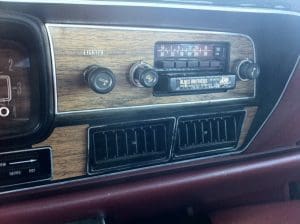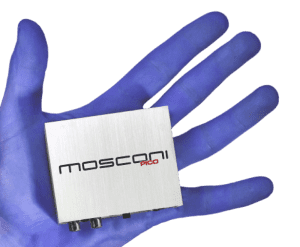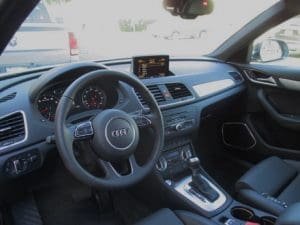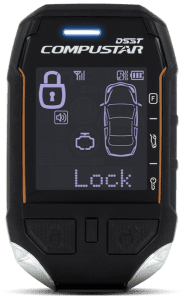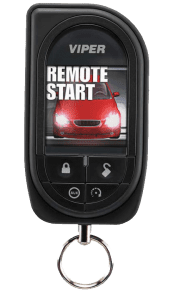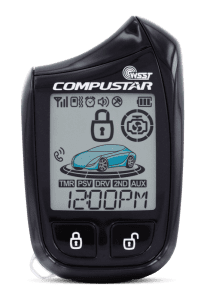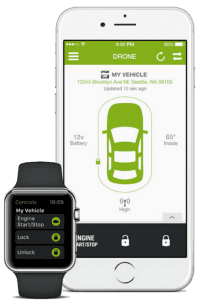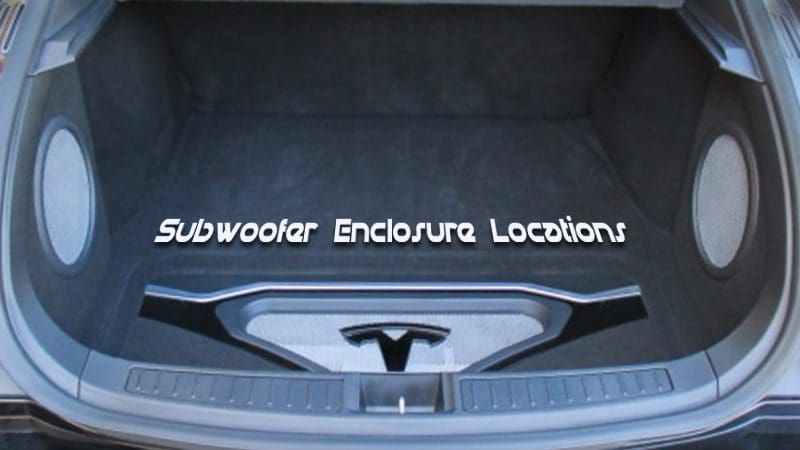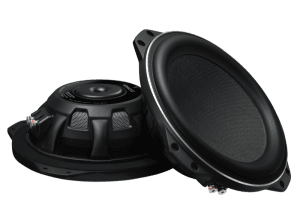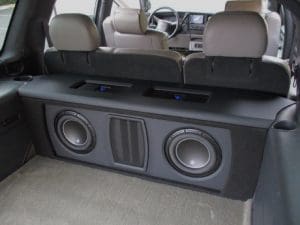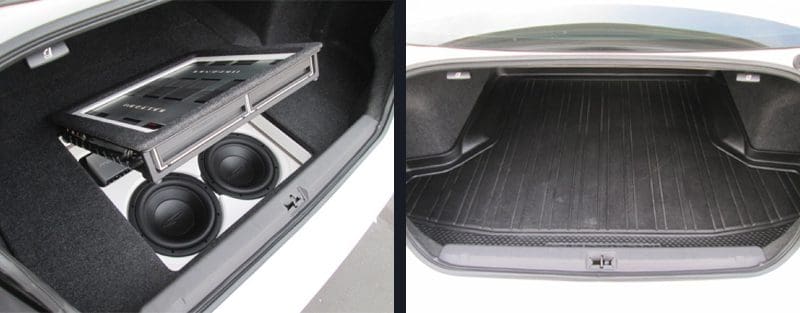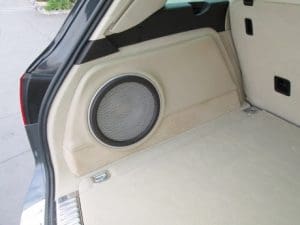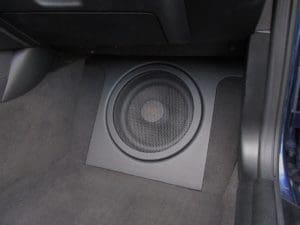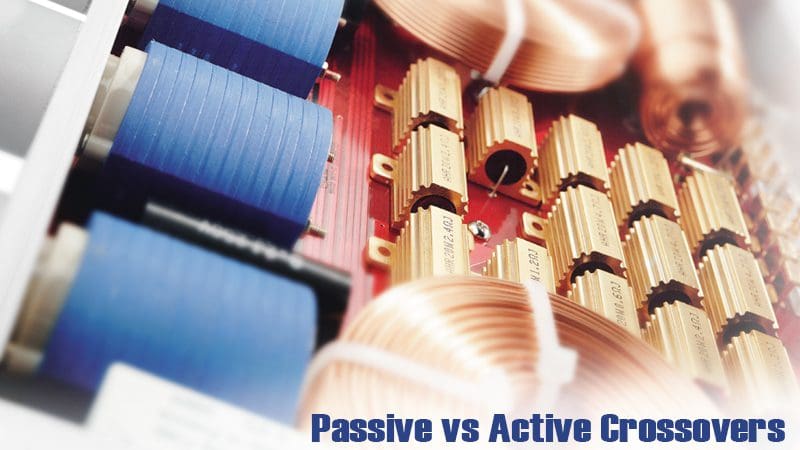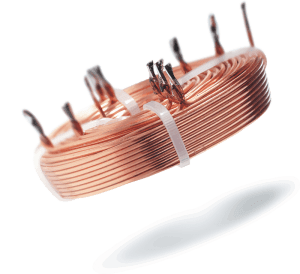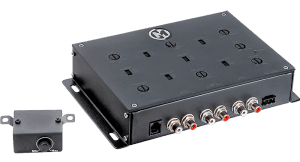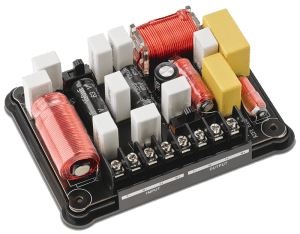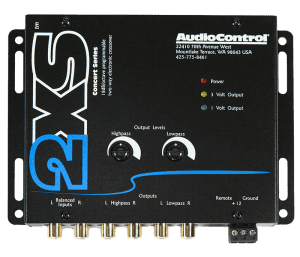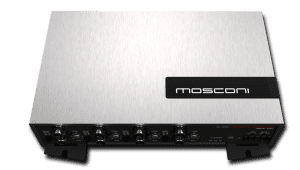 When it comes to listening to music, there seem to be two kinds of listeners in the context of “where the sound comes from.” Some people want to be enveloped by the music. They want to feel like they are in the very middle of the performance, with sound all around them. This style is sort of like listening to a set of headphones. The other listener wants their music to come from in front of them. This “forward-facing soundstage” style is more like listening to a home audio system or a movie theater.
When it comes to listening to music, there seem to be two kinds of listeners in the context of “where the sound comes from.” Some people want to be enveloped by the music. They want to feel like they are in the very middle of the performance, with sound all around them. This style is sort of like listening to a set of headphones. The other listener wants their music to come from in front of them. This “forward-facing soundstage” style is more like listening to a home audio system or a movie theater.
There is no right or wrong – everyone has their preference. But high-end mobile audio systems are, for the most part, designed for the latter – people who want to feel as if they are sitting in the middle of the audience at an amazing concert.
There is also that guy in the Monte Carlo with the 6x9s in open-backed boxes in the rear window. He, thankfully, is gone now. If you happen to see him, cut off his mullet and drag him to a car stereo shop, please, and thanks!
Imagining a Soundstage
This article talks about an imaginary soundstage. But what in the world is a soundstage?
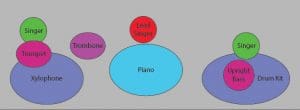
Imagine a band set up on a stage 20 feet in front of you. Let’s say there is a lead singer in the center of the stage, right at the forward edge. Behind him or her, someone is at a grand piano. To the right of the piano is a big drum kit with several cymbals all around the performer. In front of the drummer, to the right of the lead singer, is someone sitting on a stool with an upright bass. To the left of the singer is someone with a trombone. To the left of them is someone with a trumpet. Behind the trumpet player, to the left of the pianist, is a xylophone player. The xylophone player is also going to sing some backing vocals. So is the drummer.
Imagine those different positions for a second. They not only range laterally across the soundstage, but there is depth to their locations.
This unique and perhaps rare grouping of performers represents all the source aspects of your soundstage, but their locations don’t represent the limits of that stage. Let’s consider the venue in our analogy as well. A medium-size club of some sort. Wooden walls, a hard floor and a high ceiling. The room where we listen to our performance is a huge contributing factor to the sound of the performers. (If you ever have the chance to visit the Ryman Auditorium in Nashville, TN, do it! Even if you aren’t into country music, this venue is amazing.)
So, here we have our performers and our venue. We are going sit about 20 feet back from the center of the stage and let the show unfold for us. Our experience as the performers play defines the soundstage. We hear each instrument in its position on the soundstage. We also hear the sound of those instruments reflecting off the side walls of the club.
To reproduce the performance accurately, we need to reproduce those reflections as well. Capturing those reflections requires a specific recording style – so it may, or may not, happen. A recording of a live performance is much more likely to have that information than a studio recording.
Our Auditorium on the Road
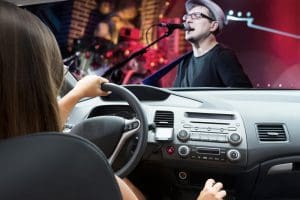 There it is. The space in front of us, where the music is coming from, is our soundstage. If you get a chance to listen to your favorite recordings on a high-end home audio system, and you choose to sit equidistant from the speakers, then you probably have experienced a fairly accurate soundstage. The perceived location of where our music is coming from regarding height, width and depth is our soundstage.
There it is. The space in front of us, where the music is coming from, is our soundstage. If you get a chance to listen to your favorite recordings on a high-end home audio system, and you choose to sit equidistant from the speakers, then you probably have experienced a fairly accurate soundstage. The perceived location of where our music is coming from regarding height, width and depth is our soundstage.
Sadly, most mobile audio systems can’t or don’t recreate this very well. It’s a shame, because experiencing each performer in their correct location, including depth (one performer behind another) brings an amazing level of realism to your music. The good news: Recreating a soundstage in your car isn’t all that hard.
If you let the salesperson and installer at your local mobile electronics retailer know that you want a soundstage in your vehicle, they can design your system that way. Let’s assume we are building a whole new system from scratch, just to make this easier.
The first step will be to select a set of good-quality speakers for the front of your car. You mostly likely will want a component set unless you can fit a large (5-1/4” or larger) coaxial on the dash. Since most vehicles have the front speakers down low in the door, using a component set will let the shop you use install the tweeters up high and far forward. If the tweeters play low enough, say 2.5 kHz, then a skilled tuner can make the sound appear to come from the dash level, rather than the floor.
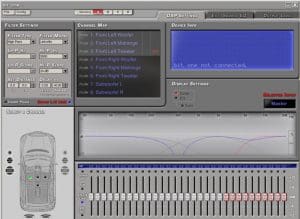
The next step to creating a soundstage is to have a way to tune those speakers. We aren’t talking about amplifier gain settings. We need control over equalization, output level and signal delay. Because the driver of the vehicle sits closer to the left speakers, those will appear to be louder, and we will hear the sound being reproduced by them sooner than the sound from the other side of the car. The simplest of systems with great soundstages will have either a source unit or external DSP unit with three-way crossovers, stereo equalizers and the ability to delay the signal going to each speaker.
With the above tools in place, your installer can set up the system so the sound coming from each speaker in the front of the car – from both midrange drivers and both tweeters – arrives at the listening position at the same time. Your installer will also tune the system so the left side of the car sounds the same as the right side. This tuning helps to eliminate frequency steering. Frequency steering causes the source location of a sound to move around the soundstage depending on frequency.
Next-level Performance
The above example offers a great two-way front stage. We would, of course, assume you are going to use a subwoofer in the system. A set of door speakers, even great ones, won’t be able to reproduce the bottom octave of the audio spectrum with any authority. With the sub in the system, it’s now called a three-way system. What if you want the system to sound even more realistic in terms of the placement of voices on the soundstage?
One way to improve your soundstage is to install a set of midrange drivers up high and far forward in the car. The A-pillars, dash speaker locations, and high and forward in the door are common midrange locations. If you can get a midrange that will play down to at least 300 Hz, the ability to solidify the dash as the source of the sound becomes much better. Rather than having deeper voices coming from lower in the door, now they will be focus better across the dash.
Another advantage of a three-way speaker set is that the woofer is often capable of producing slightly deeper midbass than an equivalent two-way speaker set.
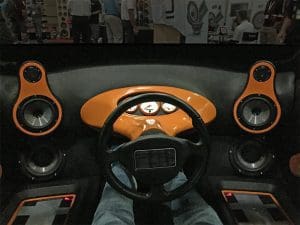
The four-way system is going to cost more. You need two more speakers, two more amplifier channels, somewhere to mount those new speakers and probably another 30 to 60 minutes worth of system tuning. But yes, it’s totally worth it.
In these systems, the focus of performance is tailored to the driver’s seat alone. The passenger isn’t going to enjoy the same experience. That said, if you and your co-pilot both want to enjoy equally amazing audio, there are solutions in the works. By the spring or summer of 2017, everyone in the car will be able to enjoy an amazingly realistic soundstage across the dash.
This article provides an overview of the system design requirements for creating a system with a good soundstage. There are a lot of variables and hundreds, if not thousands, of options regarding how to execute to fine-tune the concept.
This is where your experienced mobile electronics retailer comes in. Use their knowledge, skill and experience to help bring your desire for musical realism to reality. If you’re out cruising around, drop into your local mobile electronics specialist retailer and ask if they have a demo vehicle that produces a great soundstage. If you have never experienced one, you will be blown away! Best Car Audio will not be held responsible for the ensuing audio addiction.
This article is written and produced by the team at www.BestCarAudio.com. Reproduction or use of any kind is prohibited without the express written permission of 1sixty8 media.

